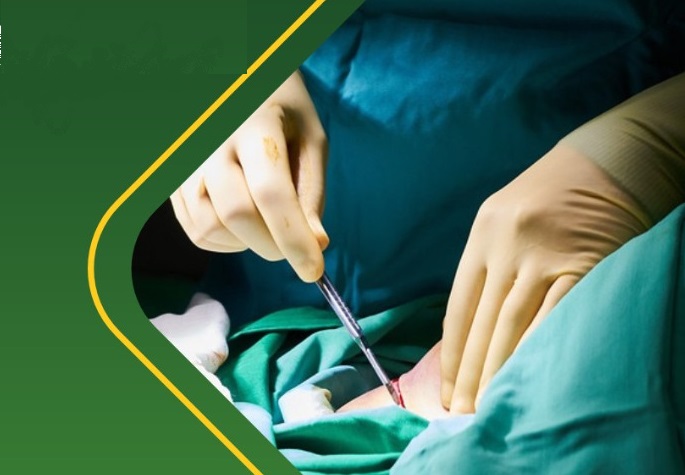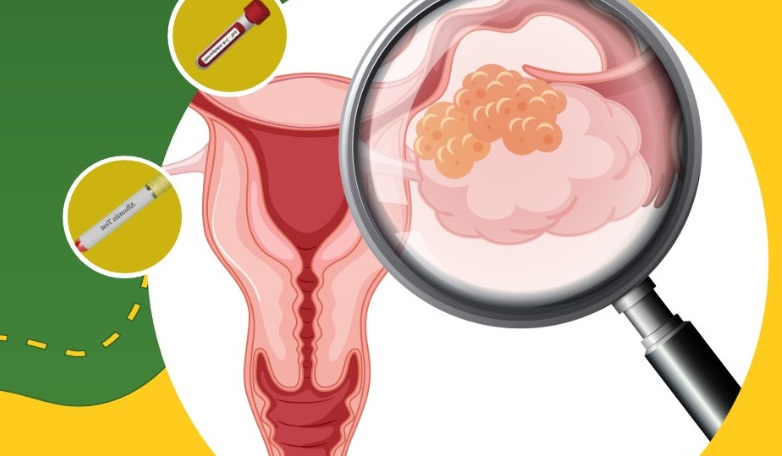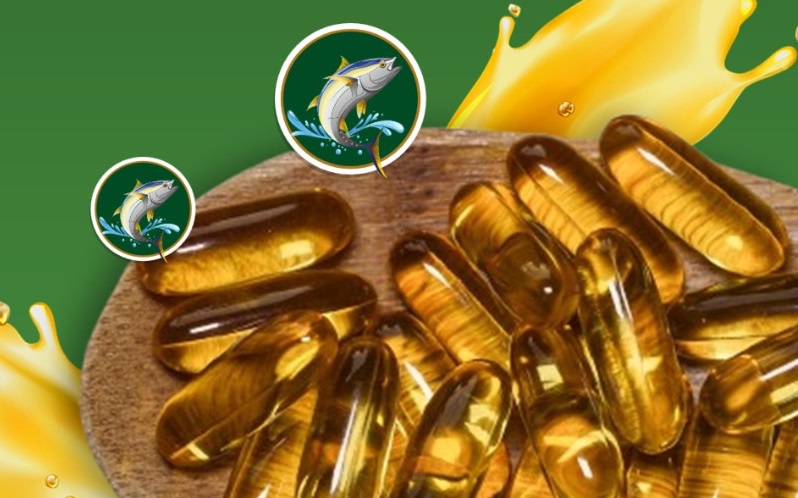Curcumin reduces inflammation process in mice model preeclampsia
Downloads
HIGHLIGHTS
- Increased oxidative stress results in increased iNOS in pre-eclampsia.
- COX-2 expression in the placenta of women suffering from preeclampsia increases and is associated with increased thromboxane production.
ABSTRACT
Objective: Preeclampsia is one of the most frequently documented pregnancy complications, with a prevalence of approximately 2 to 15% of all pregnancies. Preeclampsia is a leading cause of maternal mortality. According to research in Indonesia, preeclampsia accounts for 66.8% of all cases of hypertension during pregnancy. This research aims to evaluate the impact of curcumin on serum levels of COX-2 and iNOS in a mouse model of preeclampsia.
Materials and Methods: This study employed a true experimental design with a post-test-only controlled group approach using pregnant Rattus norvegicus as a preeclampsia model. Curcumin was administered orally via a feeding tube after dissolving powdered tablets. Dosages were 30 mg/day, 50 mg/day, or 100 mg/day, adjusted for the rats' weight. Serum COX-2 and iNOS levels were measured using ELISA kits from Bioassay Technology Laboratory, with concentrations reported in pg/ml. Analysis was performed using SPSS for Windows 19.0.
Results: Serum COX-2 levels showed significant differences (p < 0.05) across groups. L-NAME treatment increased COX-2 levels compared to the negative control. Curcumin (50 and 100 mg/kgBW) reduced COX-2 levels significantly compared to the positive control, with no notable differences between curcumin doses. For iNOS levels, significant differences were also found (p < 0.05). Curcumin at 100 mg/kgBW significantly lowered iNOS levels compared to the positive control, with no significant differences between other treatment groups.
Conclusion: Curcumin administration effectively reduces COX-2 and iNOS levels in the serum of Rattus norvegicus with a preeclampsia model.
Chang K-J;, Seow K-M;, Chen K-H, Chang K-J, Seow K-M, Chen K-H. Preeclampsia: Recent Advances in Predicting, Preventing, and Managing the Maternal and Fetal Life-Threatening Condition. International Journal of Environmental Research and Public Health 2023, Vol 20, Page 2994 2023;20(4):2994.
Nirupama R, Divyashree S, Janhavi P, Muthukumar SP, Ravindra P V. Preeclampsia: Pathophysiology and management. J Gynecol Obstet Hum Reprod 2021;50(2).
Tjandraprawira KD, Kusumah AY, Kamilah AY, et al. Management and perinatal outcomes of hypertensive disorders of pregnancy in a low-resource setting in Indonesia. SAGE Open Med 2021;9.
Ratsiatosika AT, Razafimanantsoa E, Andriantoky VB, et al. Incidence and natural history of preeclampsia/eclampsia at the university maternity of Antananarivo, Madagascar: high prevalence of the early-onset condition. The Journal of Maternal-Fetal & Neonatal Medicine 2019;32(19):3266–3271.
Phipps EA, Thadhani R, Benzing T, Karumanchi SA. Pre-eclampsia: pathogenesis, novel diagnostics and therapies. Nature Reviews Nephrology 2019 15:5 2019;15(5):275–289.
Wang J, Guan C, Hou H, et al. A Case-Control Study of Relevance Between NOS2 rs2297518 Polymorphism with Preeclampsia Risk in the Chinese Han women. 2021;
Alwis N de, Binder NK, Mangwiro YTM, et al. Actions of Esomeprazole on the Maternal Vasculature in Lean and Obese Pregnant Mice with Impaired Nitric Oxide Synthesis: A Model of Preeclampsia. Int J Mol Sci 2022;23(15).
Kopincová J, Púzserová A, Bernátová I. L-NAME in the cardiovascular system – nitric oxide synthase activator? Pharmacological Reports 2012;64(3):511–520.
Carolina Alves R, Perosa Fernandes R, Fonseca-Santos B, Damiani Victorelli F, Chorilli M. A Critical Review of the Properties and Analytical Methods for the Determination of Curcumin in Biological and Pharmaceutical Matrices. Crit Rev Anal Chem 2019;49(2):138–149.
Hewlings SJ, Kalman DS. Curcumin: A Review of Its Effects on Human Health. Foods 2017, Vol 6, Page 92 2017;6(10):92.
Kotha RR, Tareq FS, Luthria DL. Extractability of Curcuminoids Is Enhanced with Milk and Aqueous-Alcohol Mixtures. Molecules 2022;27(15).
Zanganeh M, Mazloomi SN, Alijanpour E, Jabbari A. Curcumin and Pregnancy Problems: a Narrative Review of Curcumin's Effect on Preeclampsia. Journal of Clinical and Basic Research 2020;4(4):1–7.
Yanti E, Rahardjo B, Hidayati D, MK S. Pengaruh Pemberian Pravastatin terhadap Kadar IFN-γ dan Il-10 pada Serum Tikus Wistar (Rattus norvegicus) Model Preeklamsi. 2021;
Tian M, Zhang Y, Liu Z, Sun G, Mor G, Liao A. The PD-1/PD-L1 inhibitory pathway is altered in pre-eclampsia and regulates T cell responses in pre-eclamptic rats. Scientific Reports 2016 6:1 2016;6(1):1–14.
Rahardjo B, Widjajanto E, Sujuti H, Keman K. Curcumin decreased level of proinflammatory cytokines in monocyte cultures exposed to preeclamptic plasma by affecting the transcription factors NF-κB and PPAR-γ. Biomarkers and Genomic Medicine 2014;6(3):105–115.
Zhu H, Zhu W, Hu R, Wang H, Ma D, Li X. The effect of pre-eclampsia-like syndrome induced by L-NAME on learning and memory and hippocampal glucocorticoid receptor expression: A rat model. Hypertens Pregnancy 2017;36(1):36–43.
Shu W, Li H, Gong H, et al. Evaluation of blood vessel injury, oxidative stress and circulating inflammatory factors in an l-name-induced preeclampsia-like rat model. Exp Ther Med 2018;16(2):585–594.
Fadinie W, Lelo A, Wijaya DW, Lumbanraja SN. Curcumin's Effect on COX-2 and IL-10 Serum in Preeclampsia's Patient Undergo Sectio Caesarea with Spinal Anesthesia. Open Access Maced J Med Sci 2019;7(20):3376.
Mirabito Colafella KM, Neuman RI, Visser W, Danser AHJ, Versmissen J. Aspirin for the prevention and treatment of pre-eclampsia: A matter of COX-1 and/or COX-2 inhibition? Basic Clin Pharmacol Toxicol 2020;127(2):132–141.
Tain YL, Hsu CN. Oxidative Stress-Induced Hypertension of Developmental Origins: Preventive Aspects of Antioxidant Therapy. Antioxidants 2022;11(3).
Amaral LM, Pinheiro LC, Guimaraes DA, et al. Antihypertensive effects of inducible nitric oxide synthase inhibition in experimental pre-eclampsia. J Cell Mol Med 2013;17(10):1300–1307.
Sun J, Druhan LJ, Zweier JL. Reactive oxygen and nitrogen species regulate inducible nitric oxide synthase function shifting the balance of nitric oxide and superoxide production. Arch Biochem Biophys 2010;494(2):130–137.

This work is licensed under a Creative Commons Attribution-NonCommercial-ShareAlike 4.0 International License.
1. Copyright of the article is transferred to the journal, by the knowledge of the author, whilst the moral right of the publication belongs to the author.
2. The legal formal aspect of journal publication accessibility refers to Creative Commons Attribution-Non Commercial-Share alike (CC BY-NC-SA), (https://creativecommons.org/licenses/by-nc-sa/4.0/)
3. The articles published in the journal are open access and can be used for non-commercial purposes. Other than the aims mentioned above, the editorial board is not responsible for copyright violation
The manuscript authentic and copyright statement submission can be downloaded ON THIS FORM.
























